- Català
- Español
- English
You are here
Creating innovative environments to improve learning
About the speaker
David Istance
Senior member of the OECD's Centre for Educational Research and Innovation (CERI) and director of the Schooling for Tomorrow and Innovative Learning Environments research projects.
Summary of ideas
The key to children and young people improving their learning is to make changes in education. And this change translates into learning being based on innovation, but we have to be willing to do it. Why is innovation necessary? The PISA results show that large numbers of young people do not achieve the basic skills: for example, 20% do not have a basic level of reading comprehension.
We're now at a stage where learning plays a central role. We live in the knowledge society. The twenty-first century is complex and education needs to be more demanding to adapt to social needs. Education needs to reach beyond content learning. We need to create skills, such as problem solving, creativity, the ability to work in a team, curiosity, innovation and lifelong learning.
Why the commitment to learning environments?
• Learning is a contextualisation phenomenon. We need to move away from the fragmentation of education and take a holistic approach to education.
• We need to make full use of the potential of the technological environment.
• When we talk about learning environments, we don't only mean schools. We also mean non-formal, informal and hybrid environments.
• We need to go beyond the vertical reference boundary based on system-school-class-teacher-learner as it's far too rigid, and doesn't encourage innovative alternatives. We need a commitment to the holistic approach to learning.
The international Innovation learning environment project
Has analysed 125 innovative cases from 25 countries. The first results have now been published: The nature of learning. Using research to inspire practice. The main conclusions about how education should be:
• Education should be central. We need to foster a commitment to learning. The learner needs to be aware that they are learning.
• Most of the time, social and collaborative learning is the most efficient.
• Emotions play a fundamental role in education: enjoyment, motivation, anxiety, anguish, feeling lost. To achieve effective learning, people need to feel motivated. Normally, cognitive development is fostered more than emotional development.
• We need to be aware of differences among learners. We need to take into account each learner's personal background.
• We need to get learners to make an effort, but without excessive pressure that could make them feel lost.
• Assessment is necessary but it must be consistent with our aims (with regard to the points above). Assessment must also have a bearing on the return of educational information (critical assessment).
• Horizontal connections inside and outside formal education are necessary (connections with other education environments outside school).
How do we achieve these milestones?
• We have to focus on the learner.
• It requires a high level of professionalism and leadership. Learning environments must be well structured and designed.
• Environments must be inclusive.
• Education should be social.
We need to commit to innovation and research. It is at meso level or intermediate level (between environments) where the most important changes can occur. That's why we have to work to create connections between educational environments, to network. We also have to work to ensure that the institutional environment is not in opposition to learning environments.
Discover
other ideas
-

World Class Learners: Educating Creative and Entre...
Yong Zhao
2012 -

The Education of Talent: The Role of Schools and F...
José Antonio Marina
2012 -

Improving the school environment: why and how?
Éric Debarbieux
2012



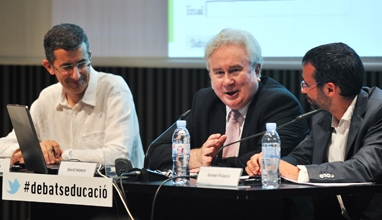

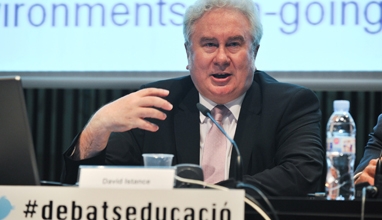
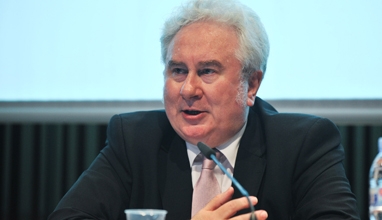
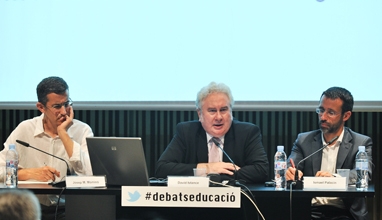
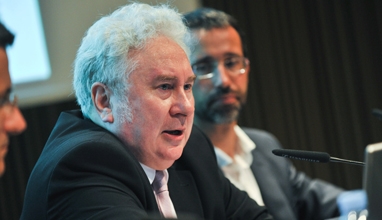


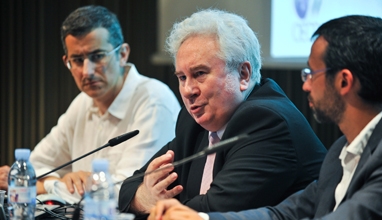
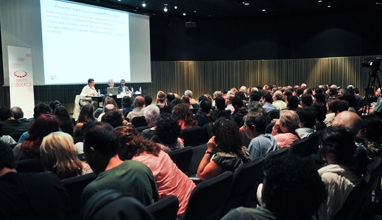




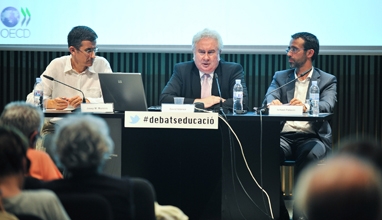
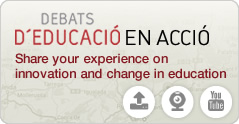
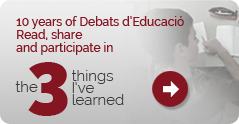

 The texts published on this website are, unless otherwise indicated, covered by the Creative Commons Spain Attribution - Non Commercial - No Derivs 3.0 licence. You may copy, distribute and transmit the work, provided you attribute it (authorship, journal name, publisher) in the manner specified by the author(s) or licensor(s). You may not use the material for commercial purposes. You may not transmit any derivative work from this material. The full text of the licence can be consulted here:
The texts published on this website are, unless otherwise indicated, covered by the Creative Commons Spain Attribution - Non Commercial - No Derivs 3.0 licence. You may copy, distribute and transmit the work, provided you attribute it (authorship, journal name, publisher) in the manner specified by the author(s) or licensor(s). You may not use the material for commercial purposes. You may not transmit any derivative work from this material. The full text of the licence can be consulted here: